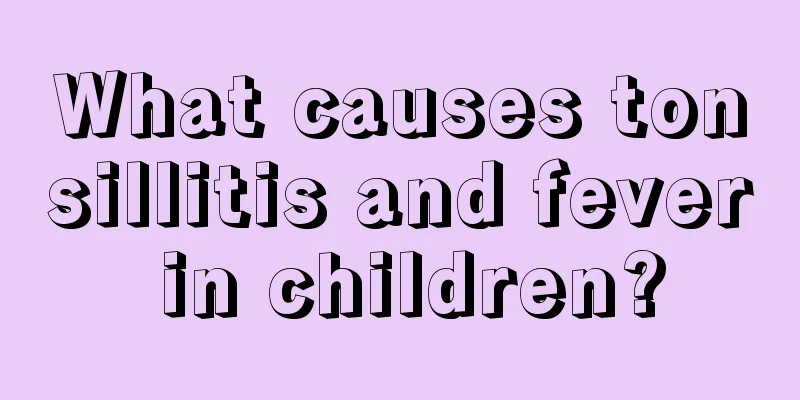Exchange transfusion therapy for neonatal jaundice

|
Neonatal jaundice is a relatively common disease, which poses a serious threat to newborns. Therefore, many parents, when they find that their neonates have severe jaundice, want to consider neonatal transfusion therapy. Therefore, they want to fully understand the neonatal jaundice transfusion therapy. The answer is given below so that parents can have a comprehensive understanding. Jaundice, also known as yellow bile or jaundice in common parlance, is a symptom of yellowing of the skin, mucous membranes, and sclera of the eye caused by increased bilirubin concentration in the human blood. Jaundice is a common symptom in the neonatal period, which can be a physiological phenomenon or a pathological phenomenon. Neonatal pathological jaundice: (1) Jaundice appears early, within 24 hours after birth; (2) Severe jaundice, golden yellow in color or all over the body, with obvious jaundice on the palms and soles, or serum bilirubin greater than 12-15 mg/dL; (3) Persistent jaundice: jaundice persists or even worsens 2-3 weeks after birth, or worsens again after being relieved; (4) Accompanied by anemia or lighter stool color; Exchange transfusion It is usually used for newborns with severe, life-threatening jaundice. If the serum indirect bilirubin exceeds 20 mg/dL (342 μmol/L), exchange blood transfusion is required. By drawing normal blood of the same blood type and injecting it into the baby's body, the bilirubin content in the baby's body can be diluted and the metabolism can be accelerated. However, blood donors must first undergo a screening test for G6PD deficiency, and relatives should avoid donating blood to prevent aggravation of the disease and jaundice after transfusion. 1. Indications for exchange transfusion (1) Patients diagnosed with hemolytic disease of the newborn prenatally, with anemia at birth, cord hemoglobin <120g/L, edema, hepatomegaly, and heart failure. (2) Serum bilirubin >17umol 24 hours after birth, >257umoI/L 24-48 hours after birth, daily bilirubin increase rate >85umoI/L, or serum total bilirubin continues to rise to 342umoI/L after comprehensive treatment. (3) Those who have early symptoms of proboscitin encephalopathy. (4) The indications for blood transfusion may be relaxed for premature infants, infants with a previous fetal death, generalized edema, or severe anemia. 2. Blood transfusion site (1) Umbilical vein transfusion within 1 week after birth. (2) Great saphenous vein transfusion at ≥1 week after birth. If neonatal jaundice is more serious, you can consider transfusion therapy. However, if neonatal jaundice is not particularly serious, it can be treated with conventional treatment, which will be safer and can improve as quickly as possible through treatment within a period of time. Therefore, for many parents, transfusion therapy is indeed necessary for their children's jaundice, and they must seek the doctor's advice to ensure their children's health. |
<<: Is late closure of fontanelle in infants and young children due to calcium deficiency?
>>: Parents should avoid patting the back of the baby's head when caring for the baby
Recommend
Reasons why babies cry when feeding
Babies crying while feeding bothers many friends ...
How to make fancy steamed buns for children
Steamed buns are a kind of pasta that we eat freq...
What should I do if my child has a fever and cough?
Fever and cough are very common diseases in peopl...
What causes children's cold hands and feet?
Many young children have cold hands and feet, whi...
What should I do if my baby coughs and vomits after taking medicine?
Coughing is a common phenomenon in babies. There ...
The baby is limping but it doesn't hurt
In life, there are always some parents who find t...
Two-year-old baby anal pain
A two-year-old baby has anal pain, which is often...
Red pimples on baby's face and hands
Babies' constitutions are naturally weaker th...
How often should a newborn baby be bathed?
In the process of taking care of a newborn baby, ...
What is the standard height and weight for boys aged 0-7?
In addition to children's health, what parent...
What is the cause of the big pimple on the child's body?
In the process of taking care of the baby, the ba...
Children's massage methods
Massage is the most common method of treating dis...
Why do children like to suck their fingers?
Many parents find that their children like to suc...
Why are the baby’s left and right arms different in thickness?
For parents, they definitely need to observe thei...
What are the symptoms of anorexia in infants?
The baby's body is in the development stage a...









